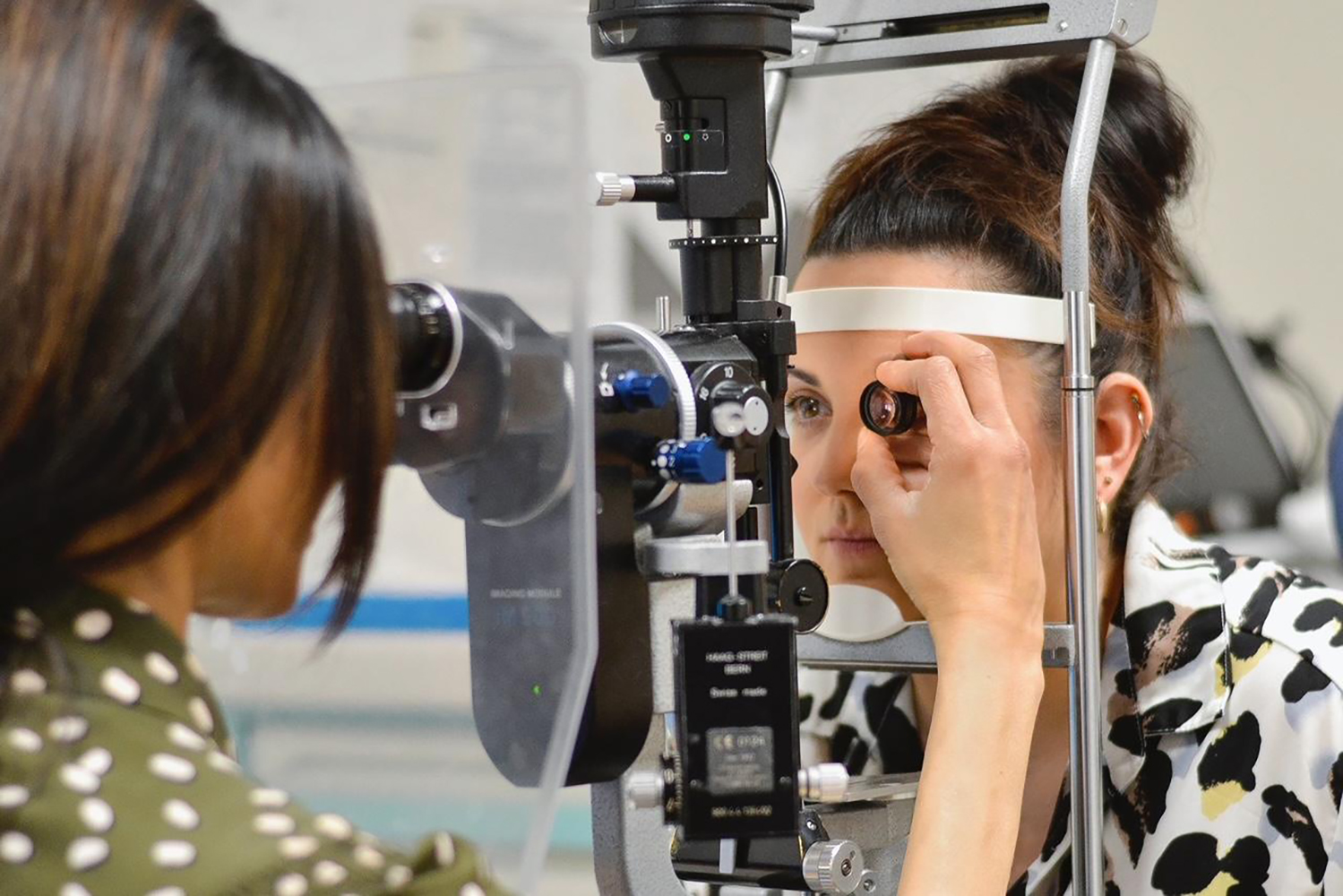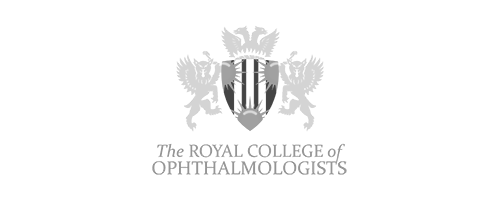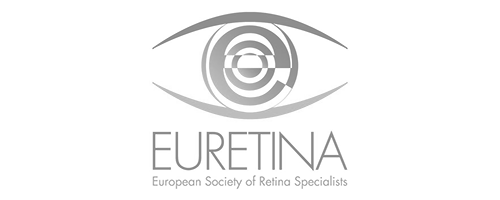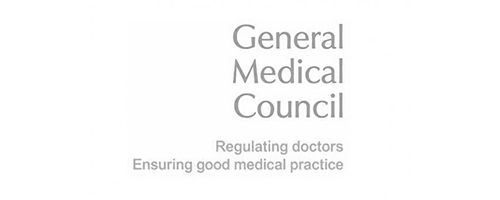RETINAL VASCULAR DISEASE
Retinal vascular diseases are conditions affecting the circulation at the back of the eye, which is called the retinal circulation. These conditions include diabetic retinopathy and retinal vein occlusion.
RETINAL VEIN OCCLUSION
Retinal vein occlusion (RVO) is a blockage of a vein in your eye. This blockage causes blood to collect in the vein resulting in swelling and bleeding into the surrounding tissue, affecting its ability to respond to light. It can lead to blindness in some patients if left untreated.
If you have a RVO, you may notice a change in your sight which may range from dimming or blurring to complete loss of vision.
There are 2 types of RVO:
1. Central retinal vein occlusion (CRVO) is the blockage of the main retinal vein. The whole vision of that eye is affected.
2. Branch retinal vein occlusion (BRVO) is the blockage of one of the smaller branch veins. It usually affects a smaller area of the eye and vision may not always be affected
TREATMENT FOR RETINAL VASCULAR DISEASE
Treatments for retinal vascular disease focus on restoring retinal perfusion, managing complications of intra-retinal fluid leakage and may require surgical procedures to clear haemorrhage from within the eye.
Successful treatment of retinal vascular disease is dependent on identifying and correcting any underlying systemic causes, especially high blood pressure, diabetes and elevated cholesterol, and involves shared care between the patient’s general practitioner and their treating ophthalmologist.
In patients with diabetes and retinal vein occlusion, vision maybe lost due to swelling of the macula. Traditionally, laser has been used to allow targeted treatment to areas of vascular leakage, identified by fluorescein angiography. Today however, macula swelling is more effectively treated with an injection of an anti-vascular endothelial growth (anti-VEGF) factor agent, such as Aflibercept ( Eylea), Ranibizumab ( lucentis), or an intraocular steroid injection. Although each of these drugs work well to resolve macula swelling, they each have a limited duration of action and therefore patients often require repeated injections to help decrease their macula swelling and maintain their visual gains.
Growth of new blood vessels within the eye occurs in patients who have chronic impairment of their retinal blood supply. These changes maybe observed in those with more advanced diabetic retinopathy, or a more severe retinal vein or artery occlusion. Both anti-VEGF and laser treatments can help regress these abnormal new vessels and each treatment has its advantages and disadvantages, which will be explained by your ophthalmologist. Occasionally, patients with retinal vascular disease experience haemorrhage into the eye, which causes a sudden increase in floaters and loss of vision. Often this is due to rupture of abnormal fragile new blood vessels, such as those sometimes found in patients with advanced diabetic retinopathy or severe past retinal vein and artery occlusions, but vitreous cavity haemorrhage may also be seen in those with chronic hypertension and rupture of a retinal artery aneurysm. In these instances, surgery, in the form of a vitrectomy maybe advised to remove the haemorrhage to allow diagnosis and further treatment.
Vitrectomy surgery involves the introduction of microscopic instruments into the back of the eye through the white part of the eye, termed the sclera, and controlled removal of haemorrhage from within the eye. Application of retinal laser treatment and intraocular medications is also possible during this procedure.







